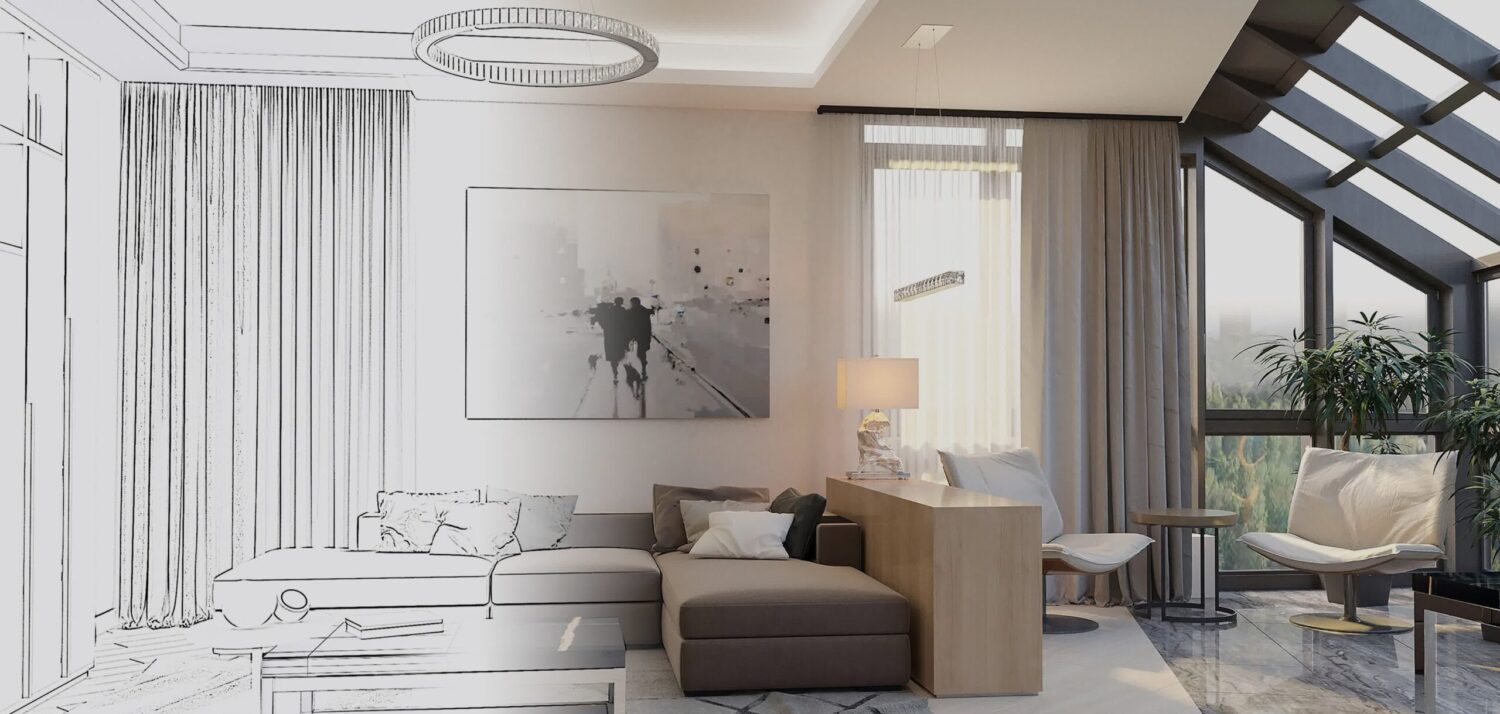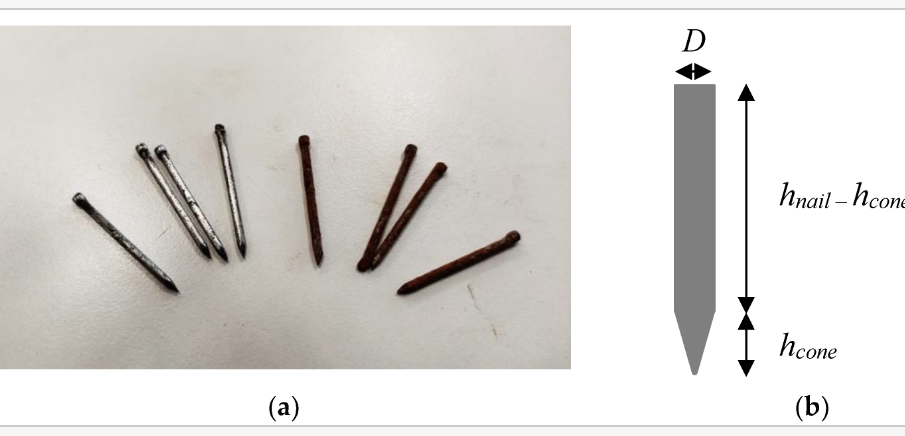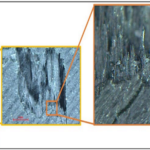

Researchers from France and the UK seek ways to improve 3D printing for construction, revealing their analysis in the recently published ‘Nailing of Layers: A Promising Way to Reinforce Concrete 3D Printing Structures.’
Concrete extrusion is a continuing source of innovation for the construction industry, lending promise to 3D printed offices, homes, and entire village concepts—as well as added potential for more affordable housing. Greater affordability, speed in production, less need for manpower, and the ability to create composites for better performance are just a few of the benefits.
“Recent research on 3D printing has almost all been focused on mix-design, rheological and process related issues. It has allowed the production of a physically-based background in order to formulate concrete with the required fresh properties, and allowed us to evaluate a time window during which it is possible to deposit a new layer of cement-based material,” stated the researchers.
“Nowadays, some technical solutions have emerged in the development of successful concrete printing, and researchers have started to work on the structural performances of reinforced and unreinforced concrete printed structures.”
Additional reinforcements are the only way for some structures, including infrastructure like bridges, to adhere to standards in design. Contemporary solutions may include steel reinforcements or the use of cables, or fibers made of the following materials:
- Steel
- Basalt
- Glass
- Bio-based materials
- Polymeric fibers
In this study, the scientists experimented with the use of nails, driven through several layers after they were 3D printed. The overall goal was to offer ductility, tensile, and shear strength—while also offering greater strength in between layers.

“This strategy can be easily automated using a robotic placement of the nail which can be a real advantage and beneficial in the context of digital construction,” stated the researchers.
Placement of nails was studied regarding gradient of mechanical properties, along with evaluating reinforcement effects through three-point flexural tests examining orientation, surface roughness, and steel density.
Three-layer samples and ten-layer samples were fabricated with 10 × 25 mm² rectangular cross section layers of mortar with a screw extrusion system mounted on a WASP 3MT Industrial 4.0 printer.
Bending resistance was tested, along with post-peak behavior, and the potential for durability issues and corrosion of steel. Numerous issues must be considered to avoid corrosion, beginning with permeability, as it must be ‘the lowest possible’ to decrease carbonation and any resulting corrosion. Covers must be used to protect steel, with other materials like fly ash or granulated slag preventing steel nail corrosion. Other solutions include using stainless steel, glass, basalts, or carbon to avoid corrosion.
“It was also demonstrated that reinforcement, by using nails, was able to efficiently strengthen printed samples if the orientation of the nails was correctly chosen and the nails surface was sufficiently rough to ensure a good interface with the mortar,” said the researchers.
“In conclusion, this investigation paved a new path towards fully automated selective steel nail placements as reinforcements during the digital fabrication of concrete in order to strengthen the concrete structure.”
What do you think of this news? Let us know your thoughts; join the discussion of this and other 3D printing topics at 3DPrintBoard.com.
[Source / Images: ‘Nailing of Layers: A Promising Way to Reinforce Concrete 3D Printing Structures’]
If you're looking to request photorealistic CGI in the USA, our service offers an easy and efficient way to get stunning, lifelike renderings for your architectural and real estate projects. Through our platform, you can quickly request high-quality CGI images that accurately capture the essence of your designs. Whether it's for a residential or commercial property, our experts specialize in creating realistic 3D renderings that highlight every detail, bringing your vision to life with exceptional clarity and precision.
Through our website, requesting photorealistic CGI becomes a seamless experience. With our help, you can get highly detailed 3D visualizations that look just like photographs, providing a realistic representation of your project before it's even built. Our team ensures that every element, from textures to lighting, is meticulously rendered, giving you an impressive, lifelike result that will leave a lasting impact on your clients and stakeholders.






Leave a Reply
You must be logged in to post a comment.